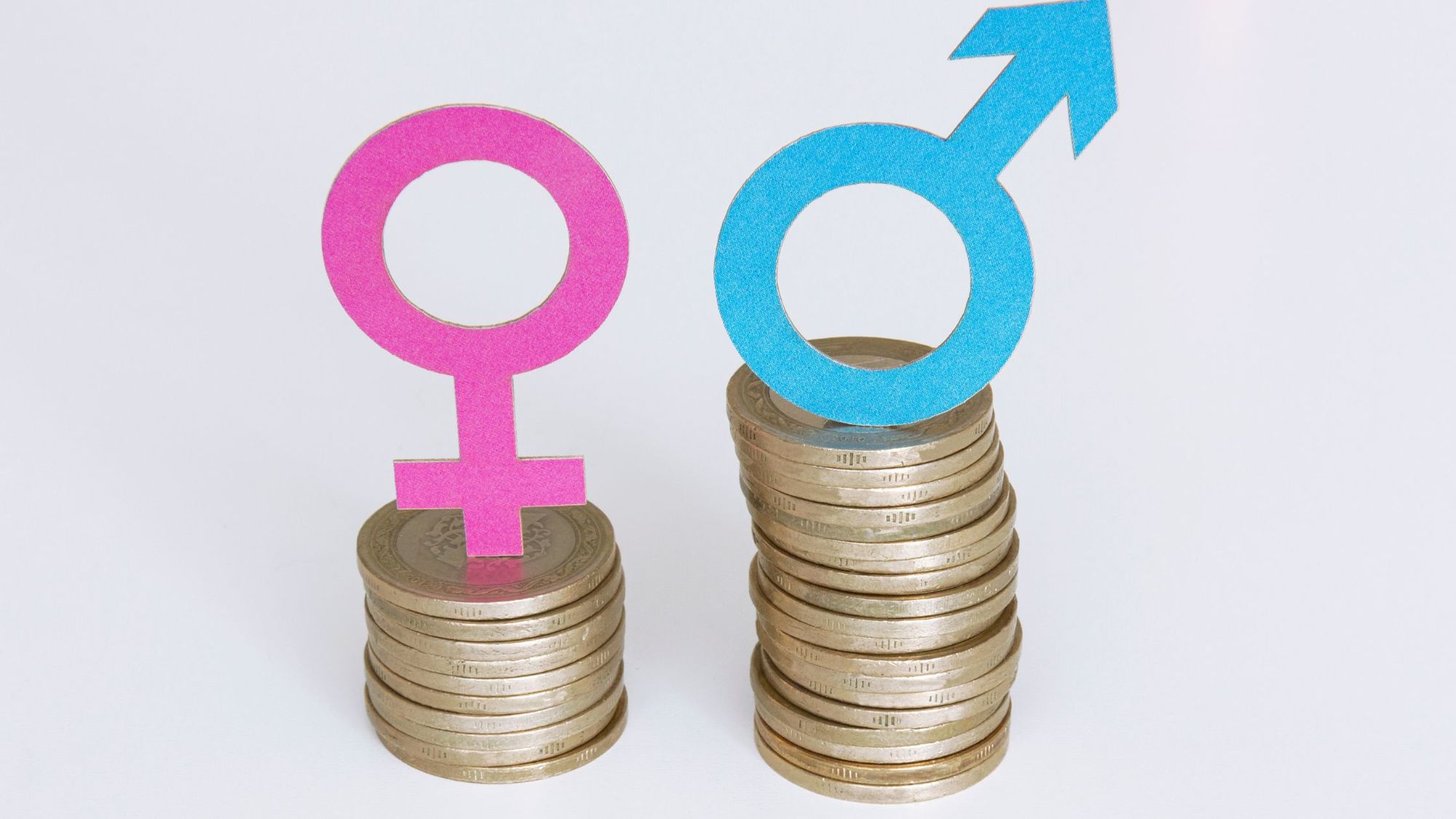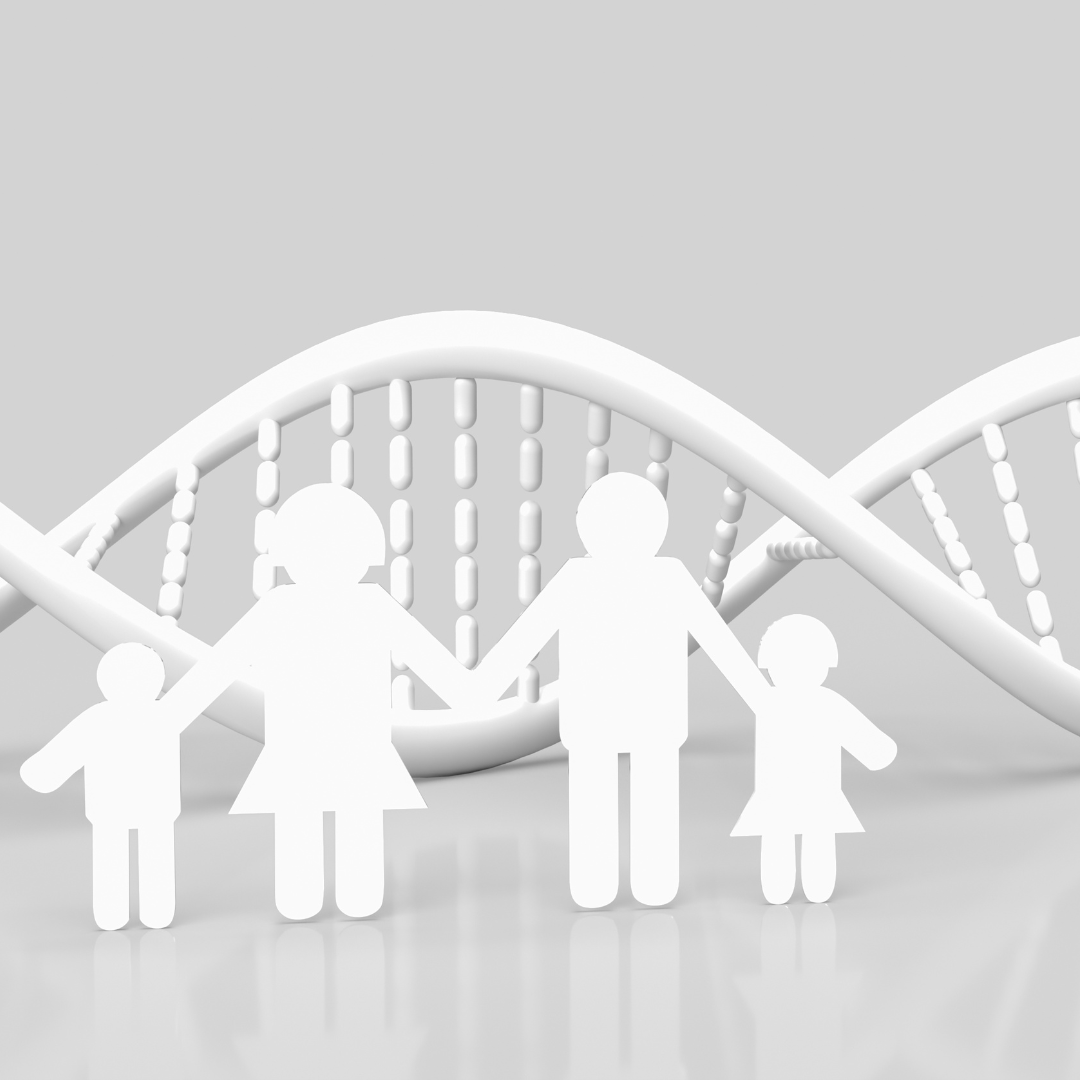
Today, more and more women in STEM are making headlines as they help close the gender gap in STEM careers, and achieve incredible success in their field. STEM is an acronym for the fields of science, technology, engineering and mathematics.
STEM fields have long been viewed as masculine-dominated fields, which greatly contributes to the gender gap in STEM careers. The abilities of women in these fields have often been overlooked or unencouraged, which is a shame, especially since STEM jobs are some of the fastest-growing and highest-paid jobs of today and of the future.
Because fewer women work and study in STEM compared to men, there aren’t as many female role models out there inspiring young girls to pursue an education or career in STEM.
According to the AAUW, women make up only 28% of the workforce in STEM, and men vastly outnumber women when it comes to who is majoring in STEM fields in college.
This type of problem is what’s known as a ‘gender gap’.
Whenever there is a gap in any area or field between women and men, especially in terms of their levels of success, participation, compensation, access, benefits, or rights, it’s a gender gap which needs to be addressed.
Certain companies truly do their best to celebrate women in tech, provide women in STEM with senior roles, and generally support women in science.
In order for there to be more women in STEM and less of a gender gap in STEM, we need to be encouraging girls at a much younger age to pursue their strengths and abilities in science, technology, engineering and mathematics. Currently, these fields still have a strong masculine attribution, but that can change over time.

Which STEM Fields Have The Highest Masculine Attribution?
In a research paper entitled, The Gender Gap in STEM Fields: The Impact of the Gender Stereotype of Math and Science on Secondary Students’ Career Aspirationsby Elena Makarova,, Belinda Aeschlimann, and Walter Herzog, this issue is discussed at length.
The research paper concluded that for both sexes, mathematics is the field that has the strongest masculinity attribution, followed by physics as second, and, finally, chemistry with the lowest masculinity attribution.
However, anyone can be gifted at mathematics and related fields. For example, if you were to take an at-home DNA test from CircleDNA with a simple cheek swab, you’d be able to read about your genetic gifts. You’d find out which strengths lie within your DNA.
My DNA test indicated that I was genetically ‘gifted’ at mathematics, and if more women realized their capabilities in STEM fields, they might feel more motivated to pursue STEM careers.
The same research paper by Makarova, Aeschlimann and Herzog also concluded that among their participants, every fourth male student (24.3%) planned to study STEM, compared to only every tenth female student (10.1%) being interested in STEM studies.
The researchers’ findings revealed that a strong masculine image of math and science was decreasing the likelihood of young women choosing a STEM study. The researchers concluded that if young women were to not perceive math and science as predominantly masculine, they’d be much more likely to opt to study a STEM major, and there would be more women in STEM today.
In general, there is still a gender stereotype in science, and these researchers believe an effort needs to be made to change stereotypical gender representations in textbooks at all educational levels, while also encouraging girls at a young age (as early as childhood) to pursue their abilities in science, technology, engineering and mathematics. Efforts like these could help combat the gender gap in STEM.

Bridging the Gender Gap in STEM: Issues for Women in Science
For some time now, many countries, governments, communities and initiatives have been working to enable equality in a variety of different environments. Efforts are being made to minimize gender and racial disparities in healthcare, employment, and even in the political space.
However, women are still struggling to unlock opportunities in certain landscapes. According to Pew Research, the typical person working in STEM earns around two thirds more than their non-STEM counterparts. Yet, many of the highest-paying STEM occupations have the lowest percentage of female staff.
Gender stereotypes are a major contributing factor here. As we’ve just discussed, STEM fields have long been viewed as masculine, and the abilities of women in this environment have often been overlooked. Furthermore, because fewer women work and study in STEM than men, there aren’t as many female role models out there inspiring young girls. Even if women break into the STEM space, it’s possible they might face male-dominated, exclusionary or unequal working environments that make it difficult for them to be taken seriously in their careers.
Even salaries for women in STEM fields generally appear to be lower than those for their male counterparts, with men earning around $15,000 more per year than women. Women of color face increased discrimination, earning an average of $33,000 less per year.
The statistics around women in STEM speak for themselves. For instance, while nearly 80% of women in the healthcare landscape are women, only around 21% of these work as executive-level staff members or board members. Women are typically more represented in lower-paying fields.
Though the barriers to opportunities in STEM are much higher for women than men, according to studies from across the globe, new opportunities for women in STEM are emerging.
There are also many female professionals who have achieved phenomenal success in STEM careers. Let’s review a few of the incredible women in STEM:
The Extraordinary Success of Women in STEM
Some of the most incredible women in STEM include Grace Hopper, Marie Curie, and Rosalind Franklin.
Grace Hopper was one of the first pioneers of computer programming. In 1934, she earned the honor of becoming one of the first women to acquire a PHD from Yale University for mathematics. In 1991, she received the National Medal for Technology. In 2016, she was also posthumously awarded the Presidential Medal of Freedom.
Marie Curie, one of the most famous women in STEM is a female scientist who will go down in history due to her success in this field. She was the first woman to ever win a Nobel prize for her work in chemistry and physics, and she was also the first person to win a Nobel prize twice (in two different scientific fields).
Rosalind Franklin was a British chemist who helped to discover the structure of DNA using X-ray diffraction, and is a renowned innovator in the world of DNA. Franklin’s discoveries surrounding DNA were often overlooked during her lifetime, although she was recognized for her work regarding the molecular structure of viruses and other materials. As such, Franklin is often considered one of the most significant female icons in history, and is sometimes referred to as the “Dark Lady of DNA”.
These women are only some of countless successful women in STEM careers who are helping combat gender stereotypes in science, towards the goal of closing the gender gap in STEM.
References:
- The Gender Gap in STEM Fields: The Impact of the Gender Stereotype of Math and Science on Secondary Students’ Career Aspirationsby Elena Makarova,, Belinda Aeschlimann, and Walter Herzog
- Pew Research on earning gaps in STEM: https://www.pewresearch.org/social-trends/2018/01/09/women-and-men-in-stem-often-at-odds-over-workplace-equity/ps_2018-01-09_stem_a-09/
- Industry.gov: The state of STEM gender equity in 2022
- https://www.industry.gov.au/news/state-stem-gender-equity-2022#:~:text=Women%20only%20make%20up%2036,enrolments%20in%20vocational%20STEM%20courses
- The STEM Gap: Women and Girls in Science, Technology, Engineering and Mathematics – AAUW






